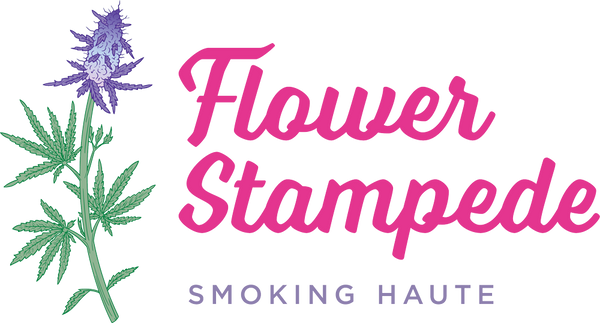Cannabis Legalization in Canada: Year 2 and Beyond
As most Canadians will agree, Canada is often ranked as one of the best places to live in the world. And access to legal, recreational cannabis can only add to our famed quality of life.
Lucky Canadians celebrated the second year of cannabis legalization on October 18, 2020. After a shaky start, with an initial lack of inventory followed by a dearth of retail outlets, the industry is starting to find its feet. Stores are sprouting across Canada, and prices are going down.
Looking ahead, consumers will enjoy more product choices, and more places to purchase them. However, Canadian cannabis companies have much work to do to ensure diverse, equitable workplaces.
Legalization in Canada: From 2018 to Today
In June 2018, Bill C-45, the Cannabis Act, was passed by the Canadian government, setting the parameters for legal purchase and consumption of cannabis by adults. On October 17, 2018, the Act took effect and Canadians partied, as pictured below.

Weed sales, like alcohol retail, is governed by provincial law. Cannabis stores are exclusively government-run in most of the Maritime provinces and Quebec, with private retailers operating from the start of legalization in Alberta, Saskatchewan and Manitoba.
British Columbia opened one government-run store in Kelowna, but allowed online ordering. Despite being Canada’s biggest market, Ontario also limited sales to the online, government-run Ontario Cannabis Store (OCS). Eventually BC and Ontario worked out the kinks in their systems, and private retail outlets began opening across both provinces.
Covid and Cannabis
Just as the industry started to find its feet, along came the COVID 19 pandemic. With Canadians forced into lockdown, there was an understandable spike in cannabis sales. Ontario Cannabis Store orders averaged just below 5,000 a day until April 3, when they shot to a high of 13,691 - the same day Ontario declared cannabis stores were not an essential business. Those stores were able to re-open four days later but only with curbside and delivery service.
Eventually most Canadian cannabis retailers re-opened with social distancing measures in place. Growth continues, with new stores in BC and Ontario pushing the store count over 1,000. Alberta continues to lead the country with nearly 500 cannabis stores in the province, although the stiff competition is forcing some retail closings.
Prices Down, Choices Up
Another milestone recently reached: The price of legal cannabis is now lower than the black market, at least in Ontario. In its Quarterly Review (April 1 – June 30), the Ontario Cannabis Store reported: “In a price comparison against the illegal market, the average price of dried flower per gram on OCS.ca ($7.05, including taxes) is now lower than the average price of cannabis on sale through illegal mail-order marijuana sites ($7.98).”
However, as the OCS infographic below shows, Ontario still consumes about 75% more illegal than legal weed.

Prices are also coming down for Cannabis 2.0 products - edibles, beverages, vapes - which were officially legalized on October 17, 2019, and began turning up on shelves in late 2019.
Meanwhile Cannabis 2.0 products are set to grow, with new offerings ranging from chocolate bars to a powered baking ingredient (that also gets you baked 🤣).
Drinks is another emerging category. For example, Truss Beverage Co., a joint venture between brewer Molson Coors and cannabis producer Hexo Corp., is rolling out a range of THC and CBD infused beverages from a bottling line in Belleville, Ontario.
Smaller, craft cannabis growers will soon enter the market. British Columbia and Ontario are among the provinces that allow farmgate purchasing. You will be able to buy cannabis products from the grower in the same way that small wineries sell their vintages on site. Something to look forward to post-Covid 19!
BIPOC Cannabis Leaders Needed
One major problem remains: The vast majority of executives in the Canadian cannabis industry are white males. A recent study by the University of Toronto’s Centre on Drug Policy Evaluation included 700 executives and directors across 166 licensed cannabis producers and 56 parent companies. It found 84% of cannabis industry leaders were white and 16% were non-white. As well, 86% were men and 14% were women
The study urges governments to adopt social equity programs that ease entry into the cannabis industry. It recommends that private companies “recognize the value in diversifying the racial and gender makeup of executives and directors, and adopt strategies to achieve such diversification.”
Here’s hoping that legalization year three will see greater diversity among industry owners, executives and workers, even lower prices and more consumer choice.
